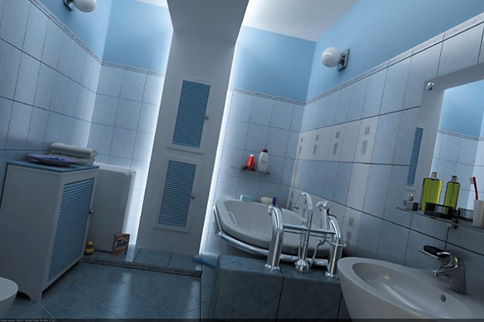How Solar Panels Can Increase Your Home’s Value

Solar panels are more than just a sustainable energy solution; they can also significantly enhance the value of your home. As energy costs rise and environmental concerns growhttps://www.homereonflint.com many homeowners are looking for ways to make their properties more energy-efficient and eco-friendly. Installing solar panels is a smart investment that offers both immediate and long-term benefits.
- Increased Home Value
Homes equipped with solar panels often see a notable increase in value. According to studieshttps://www.homereonflint.com properties with solar installations can sell for up to 4.1{520edbe1f640dcbf603bb786cdfc3c0c8c455510b129dd70b69b9398e3e454ea} more than comparable homes without solar panels. Buyers are attracted to the prospect of lower utility bills and a reduced carbon footprinthttps://www.homereonflint.com making your home more appealing in the competitive real estate market.
- Energy Savings
One of the primary advantages of solar panels is their ability to reduce energy costs. By generating your own electricityhttps://www.homereonflint.com you can significantly lower your monthly utility bills. These savings not only enhance your quality of life but also make your home more attractive to potential buyershttps://www.homereonflint.com who will appreciate the prospect of ongoing cost savings.
- Environmental Appeal
In an era where sustainability is becoming increasingly importanthttps://www.homereonflint.com solar panels offer an eco-friendly solution. By harnessing the power of the sunhttps://www.homereonflint.com you …




